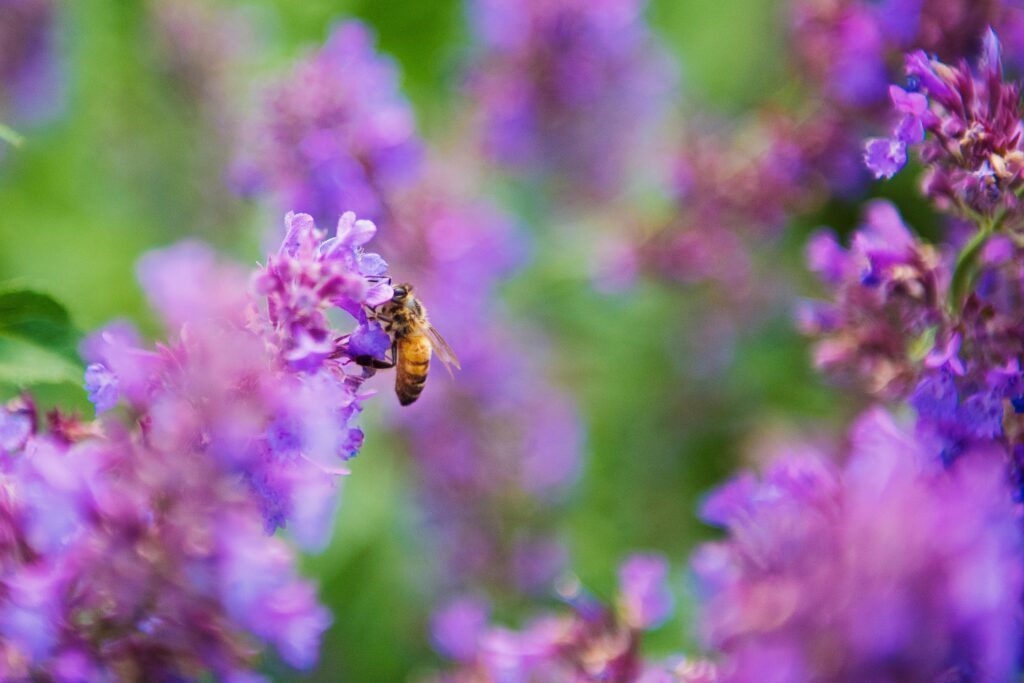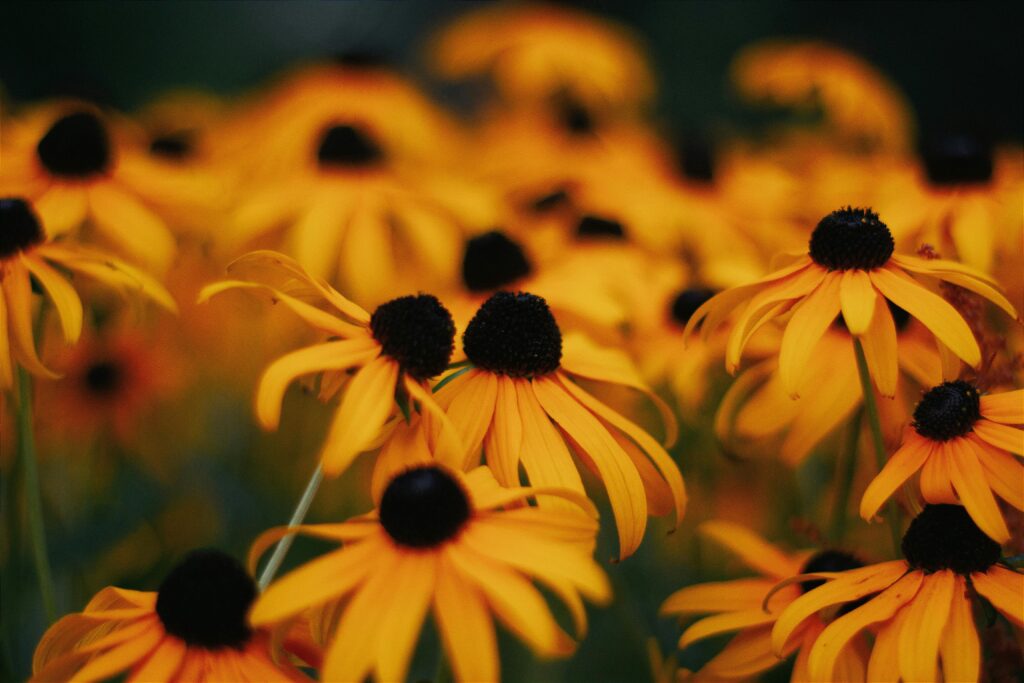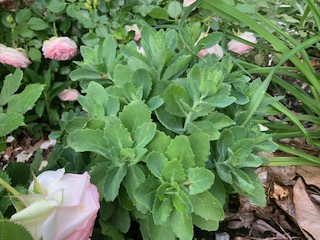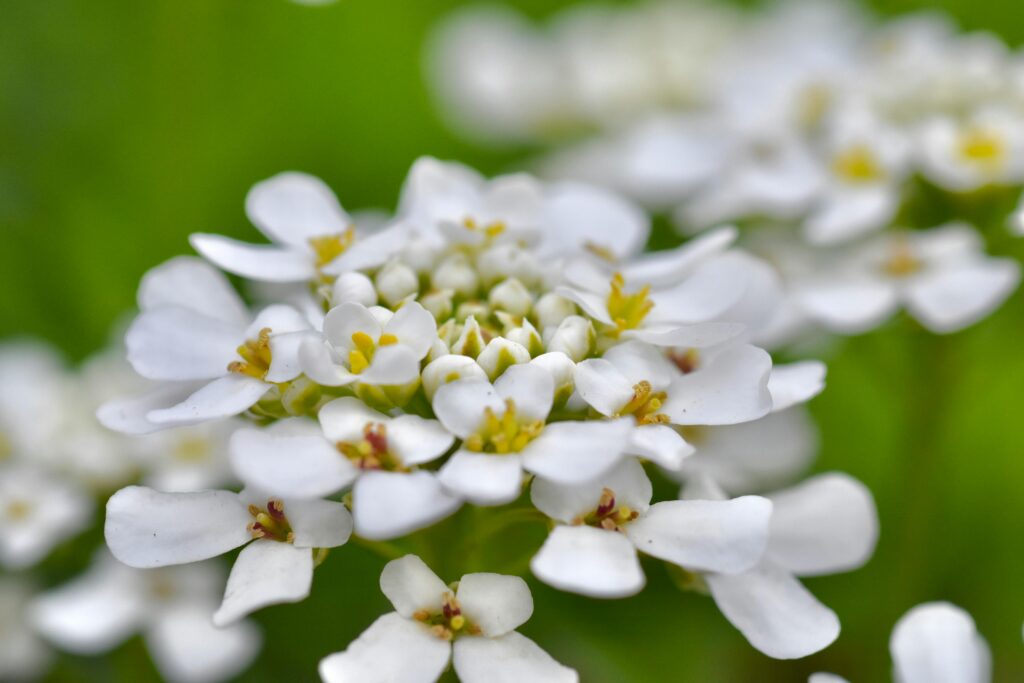When gardening, you start to realize just how amazing nature is. Many fruit and vegetable plants need pollination to produce. Those flowers will attract insects to pollinate and attract beneficial insects that will prey on the bugs that could damage your crops. Attracting pollinators will ensure an abundant harvest this season.

Using Different Flower Shapes
Different shapes of flowers attract different beneficial insects.
Cluster Type – Butterflies prefer the small canopy of little flowers. It gives them a landing while they collect nectar. Also attracts different bees, hummingbirds, moths, and hoverflies.
Tubular Shaped- Bees will rest on the edge of the flower and use their long tongue to reach for it’s nectar. While bees are most attracted to white, yellow, blue and purple flowers, they will also go to other colored flowers. Hummingbirds also love these flowers and can access them with their long bill and twice as long tongue.
Cup Shaped- Attract honey, bumble bees, butterflies. They also attract beneficial predators such as fireflies and soldier beetles.
Beneficial Predators That Attracting Pollinators Will Bring
- Lady bugs love aphids which can destroy your potatoes, peppers, cabbage and other vegetables. These little ladies will also eat the eggs of the potato beetle and corn borer. Lady bugs are attract to white and other pale colors with a flat canopy shaped flower.
- Ground beetles eat aphids, caterpillars and slugs. Ground beetles love hiding under ground cover plants. To attract them to your garden at night when the slugs come out, place a few white or yellow solar lights around the garden.
- Lace Wings eat aphids, caterpillars, mealybugs and psyllids (jumping plant lice). Lace wings tend to like those canopy type flowers.
Five Favorite Perennials For Attracting Pollinators
Salvia Blooms all summer long. It has long stems of little cone shaped flowers in white, blue, and purple. This is an inexpensive plant. I usually see it in the clearance section at Lowe’s throughout the summer.

Black Eyed Susan Blooms until the temperature starts to drop. This plant does spread out but it isn’t hard to keep up with. Simple to start from seed but I am sure you know a gardening friend who will be happy to share a clump with you.

Sedum It is drought tolerant and provides the canopy shaped flowers that butterflies love. Sedum can easily be propagated from cuttings. The blooms are more commonly a light pink.

Bee Balm Flowers in mid to late summer. Thin, tubular shaped flowers in a wide flowers head. A favorite of butterflies, bees and hummingbirds. Bee balm can grow up to four feet tall. Flowers color varieties are white, pink and purple

Candytuft Ground cover plant with white flower clusters that emerge in Spring. It spreads slowly and can be divided or propagated from cuttings. Not only is Candytuft a good pollinator, it also provides ground cover for beneficial predators such as the ground beetle.

